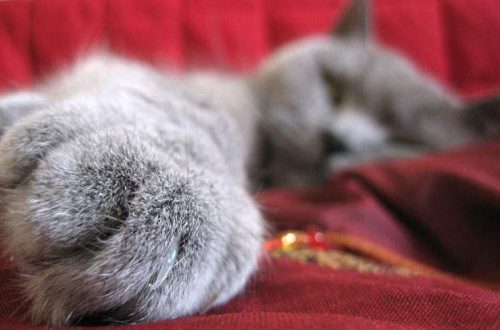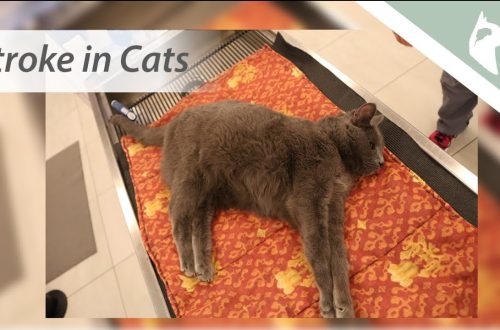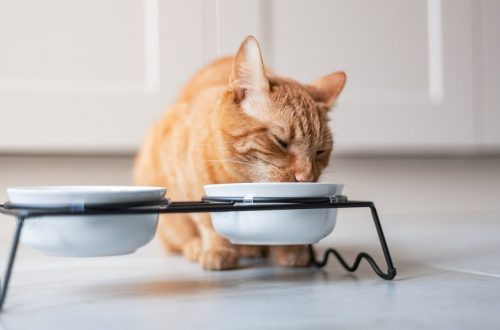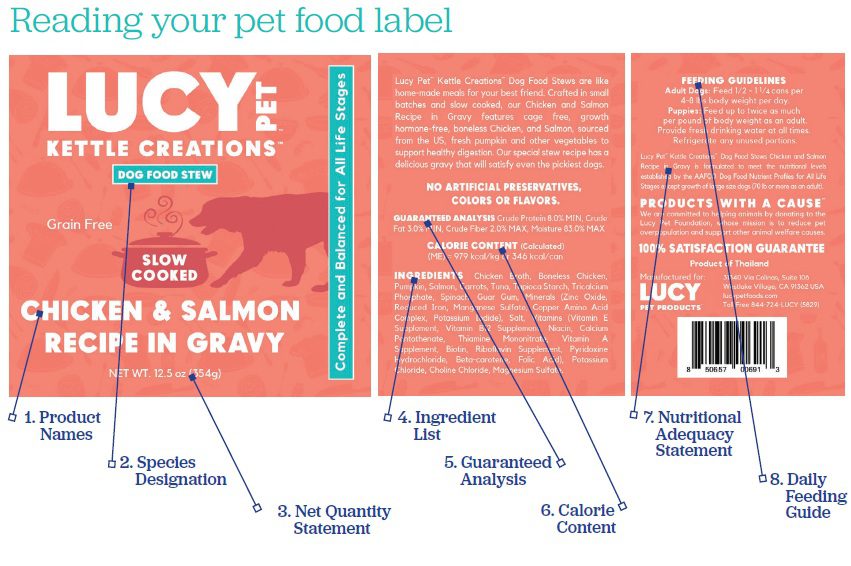
How to read labels on pet products
Despite the fact that according to the requirements of the law, the label on cat food must contain the composition, correctly deciphering the labels and finding the necessary information can be a difficult test for both new owners and experienced owners. Knowing what’s on the labels will help you make an informed decision and choose the right food for your pet.
Contents
Certification and special marking
Learning about labels on pet products starts with what you need to focus on. The FDA (Food and Drug Administration) and FEDIAF set labeling requirements for pet products. The official website of the FDA states that “current FDA requirements provide for the proper indication of the product name, net weight, name and address of the manufacturer or distributor, and the list of product ingredients in descending order by weight.” While the FDA provides guidance on what ingredients should and should not be in pet products, your veterinarian can advise on a case-by-case basis which ingredients and nutrients your pet needs. He will also tell you what information to look for on the label, which is related to the age, habitat, lifestyle or breed of the pet.
The Association of American Animal Feed Officials (AAFCO), the FDA Center for Veterinary Medicine (CVM), and the United States Department of Agriculture (USDA) are other markings that can be seen on the label. The above organizations allocate their time and resources to the research of pet products.
As an alert consumer, always check product recall information. All manufacturers issue product recalls from time to time, but if a particular brand has the same problem over and over again, it might be worth staying away from that company. Also pay attention to the recall applicant: the FDA or the manufacturer. Some cat foods are subject to precautionary recalls and do not pose much of a threat, but always read ads carefully before boycotting a particular brand.
 Ingredients and Nutrients: What to Look for on the Label
Ingredients and Nutrients: What to Look for on the Label
At first glance, reading the list of ingredients is not that difficult, but are ingredients and nutrients the same concept? For both you and your cat, the answer is an unequivocal no. You can think of ingredients as sources of nutrients. For example, if lamb meat is listed as a wet or dry food, it means that the food contains proteins, fatty acids, and vitamins. The ingredients on the label are listed in descending order by weight. This is important information, as many meats (such as chicken) have a certain percentage of water content, and therefore more weight compared to vegetables or cereals. If peas or carrots are indicated at the end of the composition, this does not mean that only a small amount of them is contained in the feed.
Consult your veterinarian for essential nutrients and recommended ingredients for your cat. Proteins and fats are required by law to be listed on the label, but vitamins and minerals aren’t always, so you’ll need to research what nutrients your cat needs in the ingredients. Knowing how to read pet food labels will help you identify what’s in the food.
When everyone talks about a high protein and meat diet, some cat owners are heading to the store for a high meat content cat food. However, many types of meat provide your cat with essential nutrients, and just because meat is listed first on the list doesn’t always mean that the food is the best choice for her. If the veterinarian does not see the need for a high protein diet, then a large amount of protein can be harmful to health. Instead, like any ingredient or nutrient, nutrition must be properly balanced for your pet.
The best pet food should provide a complete and balanced diet. While many foods contain protein, including meat, eggs, and legumes, meat proteins contain the amino acid taurine. Taurine is the most important and essential nutrient for your cat and cannot be obtained from plant sources. In addition to protein, your pet needs other nutrients to be healthy. The best cat food should contain proteins, fats (chicken, fat, oils, etc.) and vitamins (A, C, and E). Some sources of carbohydrates, such as barley, oats, rice, wheat, corn and potatoes, are listed in the formula to provide your cat with energy for active play.
If there are other ingredients listed that you don’t fully understand or seem unnatural, talk to your veterinarian to see if those ingredients are necessary. It seems that natural ingredients are the best choice for your pet, but some of the nutrients that are good for the animal’s body do not dominate the main ingredients presented in the product. For example, Science Plan food contains additional vitamins, minerals and amino acids that are beneficial for the healthy development of a pet. Thus, the food contains the natural ingredients you are used to and other ingredients, such as pyridoxine hydrochloride (a type of vitamin B that supports the synthesis of amino acids). Keep in mind that simple-sounding, scientific-sounding ingredients can be very important to animal health. Therefore, your veterinarian is a great source of information to help you understand the impact each ingredient has on your pet’s health.
Choosing the right food for your cat
When you have become familiar with several types of food, consult with your veterinarian and get his opinion. Apart from you, only a veterinarian knows what is best for your cat and can provide you with recommendations based on her special needs. You can start by buying a small package of food and see if your pet appreciates it. Most cats like the taste of one food, and some cats can be very picky (just like children) and won’t touch it. Also, make sure that the transition to a new food is done within a certain period of time so as not to disturb her digestion.
Finally, healthy cat food is a diet selected in consultation with your veterinarian that meets all of your pet’s nutritional needs. Just because you have been feeding your cat a certain food for several years does not mean that it is suitable for her at this stage of her life. Over time, cats develop additional nutritional requirements based on their age, lifestyle, or genetic predisposition, so you may need cat diets. Regular visits to the veterinarian and constant monitoring of what your cat eats and her behavior is the responsibility of a responsible owner, as well as the ability to decipher the labels on food packages. Now that you know what to look for the next time you read a cat food label, you can make an informed decision. If you have any questions about Hill’s pet products, please contact us or chat on HillsPet.com



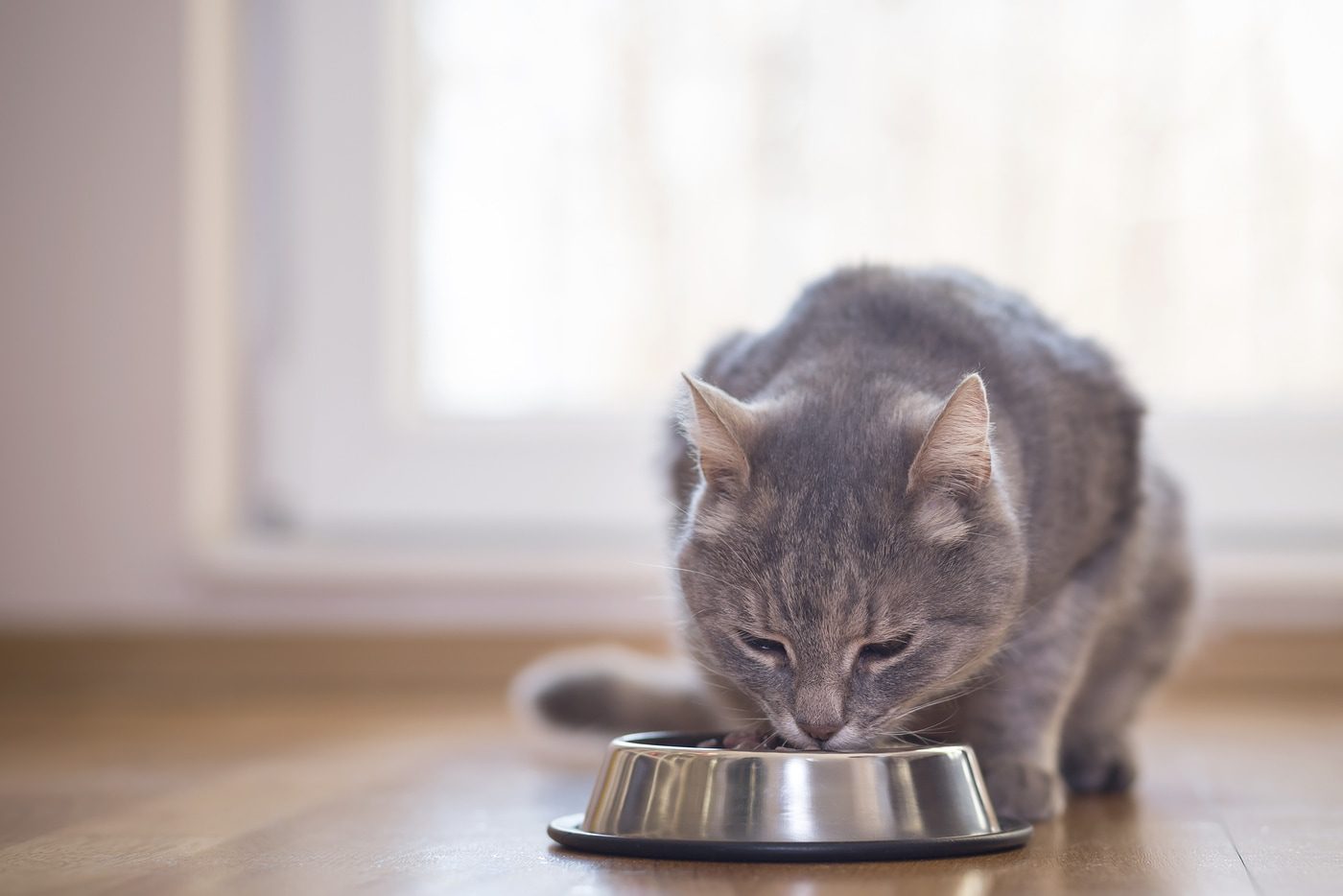 Ingredients and Nutrients: What to Look for on the Label
Ingredients and Nutrients: What to Look for on the Label